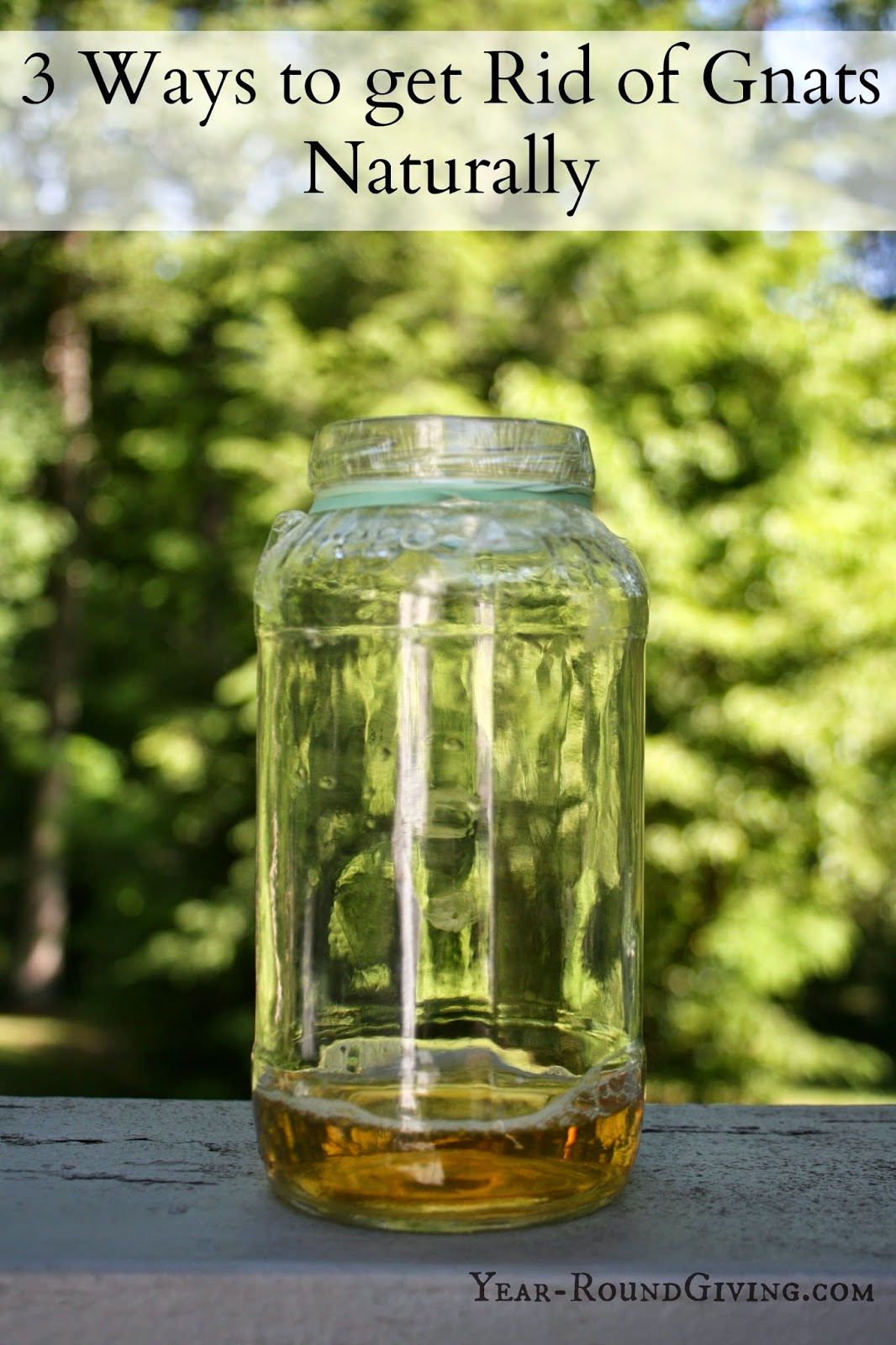Painstaking Lessons Of Info About How To Get Rid Of Gnats In The Yard

To get rid of gnats, eliminate dampness and any sources of food.
How to get rid of gnats in the yard. Coat the plants with the solution until wet but be careful not to spray to the point of runoff. Put a bowl of vinegar (white or apple cider vinegar is fine) with a drop of natural dish soap on a table, away from any food. For help getting rid of gnats outside, call your orkin pro today.
'vinegar traps can be made by placing a small amount of apple cider vinegar in a clear bowl or jar. Wait a few days and then check for gnat activity. Drain flies live in drains so you might find them near septic tanks, any type of drain, sewers, and even guttering systems.
Place a bowl near the infestation and fill it with vinegar before adding a teaspoon of plain sugar, which is what the gnats will be drawn to. These gnats are attracted to rotting or fresh fruits and vegetables, moist organic materials and. Be sure to treat bushes, trees and around the sites where there is excessive moisture.
Lawn gnats, also known as fungus gnats, are tiny flying insects, only measuring ⅛ to ¼ inch. Remove dead leaves on top of the soil. However, in many cases, a more serious approach is needed to kill fungus gnats.
You’ll see some simple options soon. Use natural gnat control apply pesticides landscaping for gnat control rely on professional pest control temporary gnat control methods faqs about getting rid of lawn gnats what do lawn gnats look like?
Readers like you help support backyardboss. Gnats are household pests that need moisture and organic material, especially decaying matter, to thrive. These tiny pests are often found in or around drains, sewers, septic tanks and areas where sewage has leaked.
Fungus gnats live and breed in the soil of your potted indoor plants. Gnats show up far easier than they should, and it seems like getting rid of them can be a challenge. How to get rid of gnats in the yard.
These pesky invaders are found in areas of high humidity or moisture and can be found anywhere with a lot of water. Place 1 to 2 inches of sand on top of the soil to discourage standing water and deter gnats from laying eggs. Advertisement article continues below this ad biological control methods
Allow the soil to dry out, killing the larvae in the soil. There are couple ways to help keep these pests out of your yard. If houseplants are the source of your gnat issue, kill off any larvae in the soil of your houseplants by digging down 2 to 3 inches and turning the top of the soil over.
Gnats are attracted to the smell of vinegar, so that will draw them. They thrive on water, particularly stagnant water. Our methodology by brenda woods updated 02/20/2024 most gnats don’t bite, sting, or spread disease, but they’re still a nuisance, particularly indoors.


















